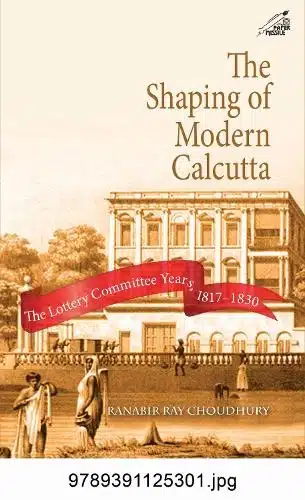
The Shaping of Modern Calcutta: The Lottery Committee Years, 1817?1830 ₹1,250 ₹938
Save: 25%
There and Back
Publisher:
Oxford UP
| Author:
Gordon Stewart
| Language:
English
| Format:
Hardback
₹595 ₹476
Save: 20%
In stock
Ships within:
1-4 Days
In stock
| Weight | 444 g |
|---|---|
| Book Type |
ISBN:
Category: History
Page Extent:
28
Throughout human history, routes concentrated, funnelled, and mixed human experience. On them moved books, scrolls, and art, in addition to armies, ambassadorial entourages, slaves, brides, and pilgrims. The interaction of people on routes generated surprising innovations in ideas, religions, art, technology, and cuisine. Common themes appear repeatedly, such as slavery, piracy, government taxation and control, medicinal plants, military expeditions, the interaction of competing religions, processing of goods along the way, and networks of credit, trust, and information that often spanned continents. This book is divided into four seconds, each concentrating on a type of route: river, pilgrimage, tribute, and trade. The arrangement is based on cognitive geography, rather than technological or physical similarities. For instance, the Rhine is not a river route because there is water flowing between two banks, but because of the songs and fairy tales about it and its long history as a political boundary. Pilgrimage routes are grounded in shared expectations and experiences, just as routes of imperial tribute rest primarily on the expectations of local officials, transporters, and military guards. Trade routes foreground the expectations of professional traders. Each route is ‘travelled’ through the memoir of a real traveller, pulling away to address larger issues, but never losing the engagement of the human story. The geographic reach is worldwide with chapters, for example, on the Grand Canal of China and the Inca road system; they also have considerable historical depth, from the ancient Nile to the Erie Canal and the modern Hajj.
Be the first to review “There and Back” Cancel reply
Description
Throughout human history, routes concentrated, funnelled, and mixed human experience. On them moved books, scrolls, and art, in addition to armies, ambassadorial entourages, slaves, brides, and pilgrims. The interaction of people on routes generated surprising innovations in ideas, religions, art, technology, and cuisine. Common themes appear repeatedly, such as slavery, piracy, government taxation and control, medicinal plants, military expeditions, the interaction of competing religions, processing of goods along the way, and networks of credit, trust, and information that often spanned continents. This book is divided into four seconds, each concentrating on a type of route: river, pilgrimage, tribute, and trade. The arrangement is based on cognitive geography, rather than technological or physical similarities. For instance, the Rhine is not a river route because there is water flowing between two banks, but because of the songs and fairy tales about it and its long history as a political boundary. Pilgrimage routes are grounded in shared expectations and experiences, just as routes of imperial tribute rest primarily on the expectations of local officials, transporters, and military guards. Trade routes foreground the expectations of professional traders. Each route is ‘travelled’ through the memoir of a real traveller, pulling away to address larger issues, but never losing the engagement of the human story. The geographic reach is worldwide with chapters, for example, on the Grand Canal of China and the Inca road system; they also have considerable historical depth, from the ancient Nile to the Erie Canal and the modern Hajj.
About Author
Gordon T. Stewart is professor Emeritus of World History and British Empire History at the State University of Michigan. His two most recent books are JUTE AND EMPIRE. THE CALCUTTA JUTE WALLAHS AND THE LANDSCAPES OF EMPIRE (Manchester University Press, 1998), and JOURNEYS TO EMPIRE. ENLIGHTENMENT, IMPERIALISM, AND THE BRITISH ENCOUNTER WITH TIBET 1774-194 (Cambridge University Press, 29). He has written articles on a variety of topics from charismatic leadership in religious revivals to the relationship between mountaineering and empire for a range of international professional journals including PAST & PRESENT, COMPARATIVE STUDIES IN SOCIETY AND HISTORY, HISTOIRE SOCIALE/ SOCIAL HISTORY, JOURNAL OF SPORTS HISTORY, and HISTORY TODAY. To give a sense of his current research he has a forthcoming article to be published in the JOURNAL OF WORLD HISTORY titled "1774: The Scottish Enlightenment Meets the Tibetan Enlightenment", a forthcoming chapter in the Oxford University Press series New Directions in the History of Exploration on "European Exploration in Central Asia", and a book chapter on comparative urban history "Endgame for Jute: Dundee and Calcutta 189-2."1998), and JOURNEYS TO EMPIRE. ENLIGHTENMENT, IMPERIALISM, AND THE BRITISH ENCOUNTER WITH TIBET 1774-194 (Cambridge University Press, 29). He has written articles on a variety of topics from charismatic leadership in religious revivals to the relationship between mountaineering and empire for a range of international professional journals including PAST & PRESENT, COMPARATIVE STUDIES IN SOCIETY AND HISTORY, HISTOIRE SOCIALE/ SOCIAL HISTORY, JOURNAL OF SPORTS HISTORY, and HISTORY TODAY. To give a sense of his current research he has a forthcoming article to be published in the JOURNAL OF WORLD HISTORY titled "1774: The Scottish Enlightenment Meets the Tibetan Enlightenment", a forthcoming chapter in the Oxford University Press series New Directions in the History of Exploration on "European Exploration in Central Asia", and a book chapter on comparative urban history "Endgame for Jute: Dundee and Calcutta 189-2."
Reviews
There are no reviews yet.
Be the first to review “There and Back” Cancel reply
[wt-related-products product_id="test001"]

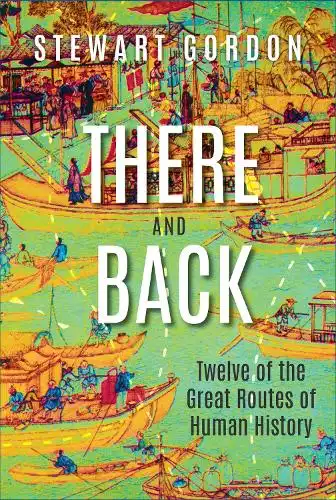

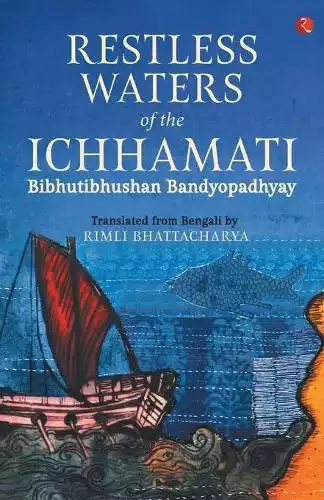
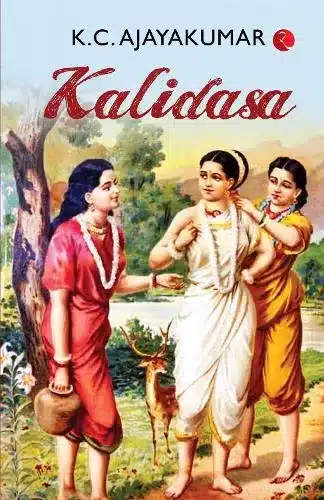
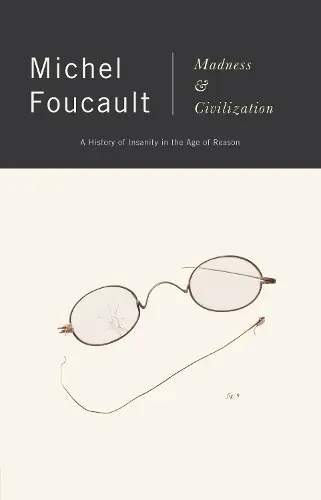


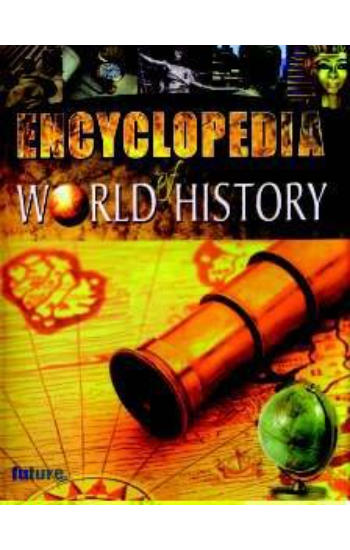
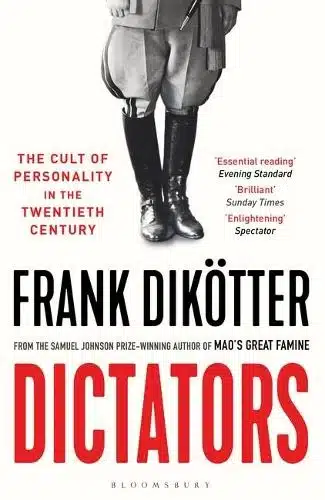

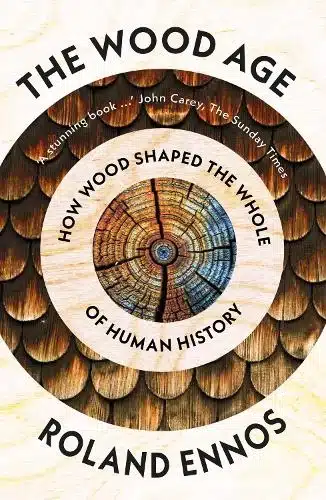
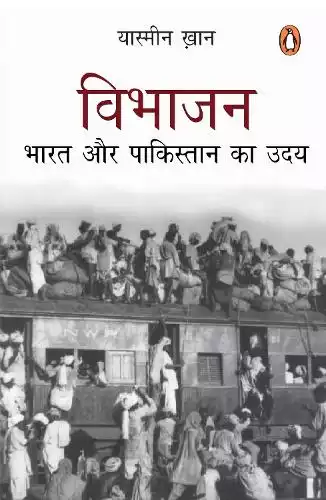
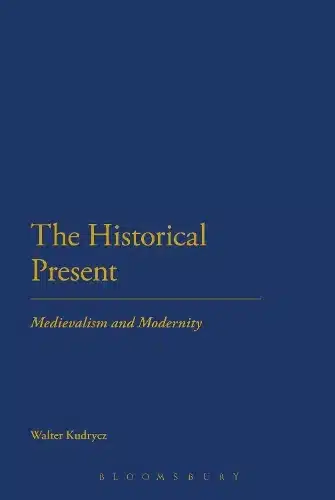
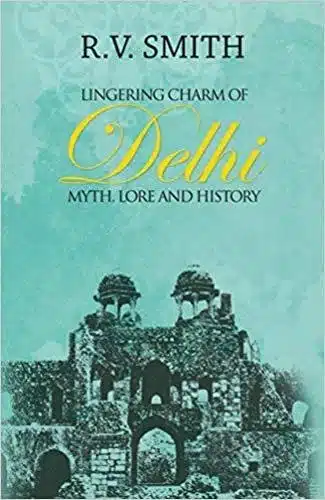

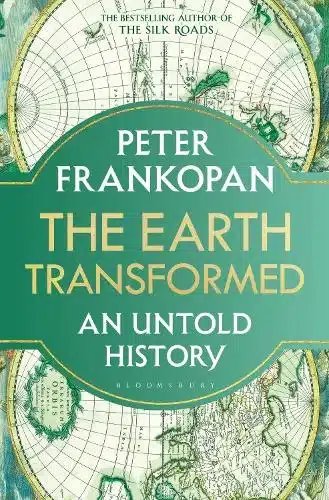

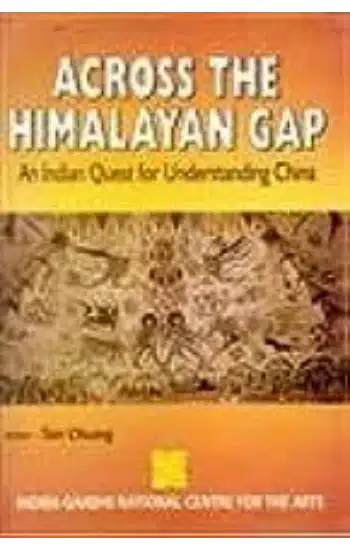
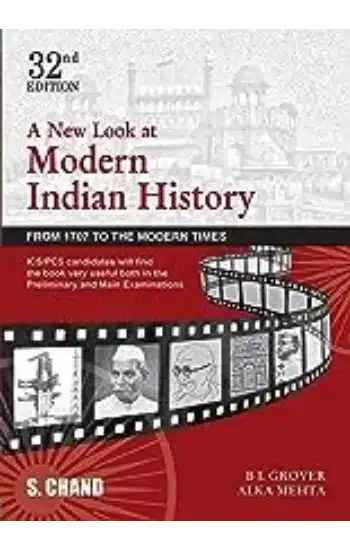


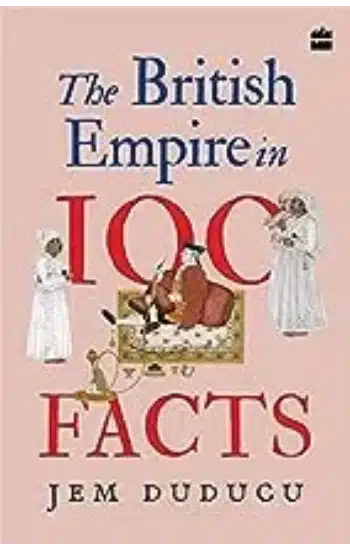


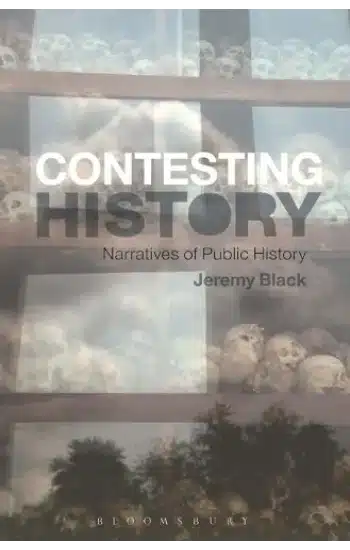
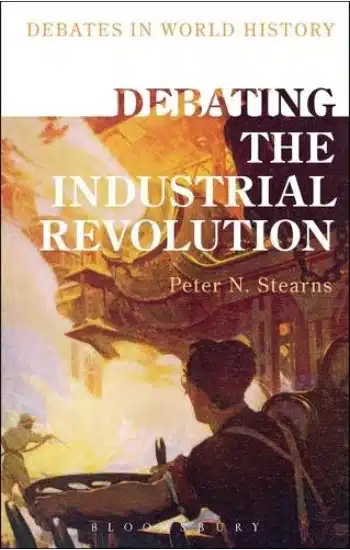
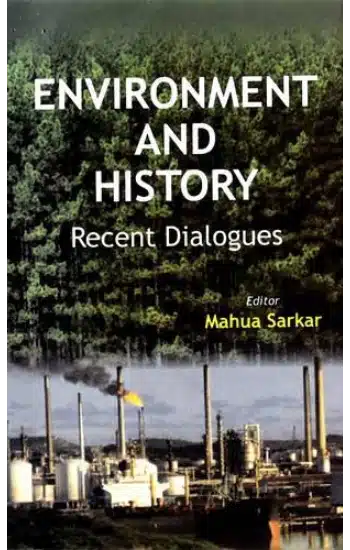
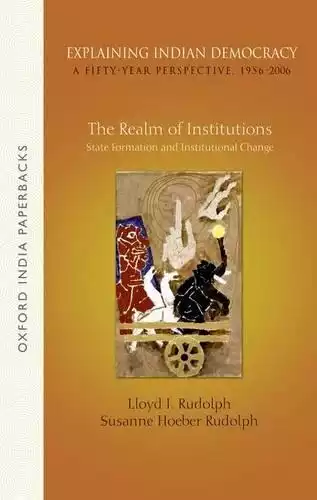
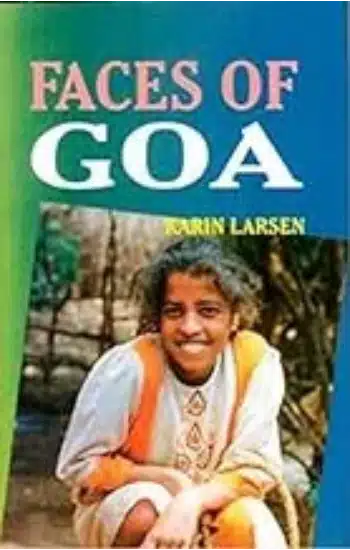
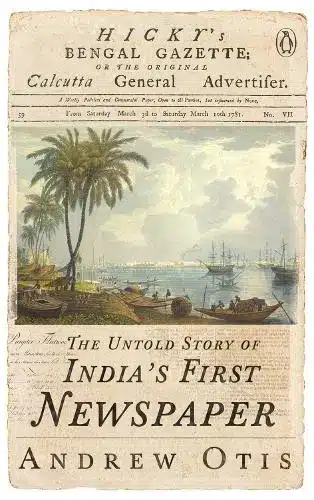
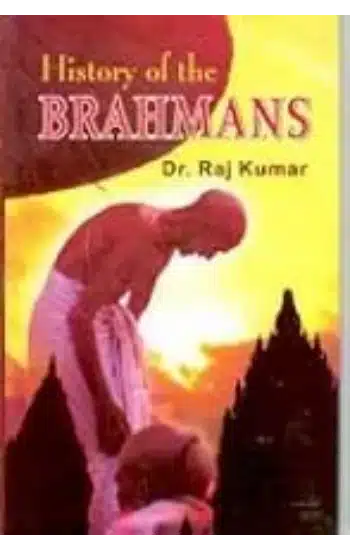

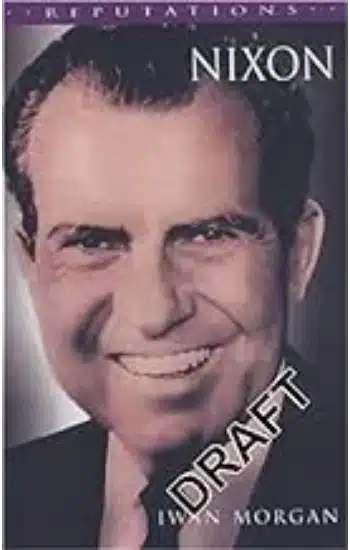
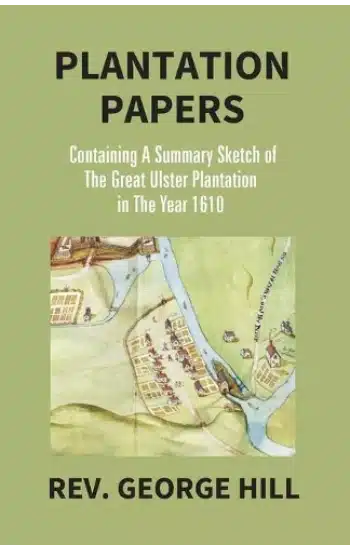
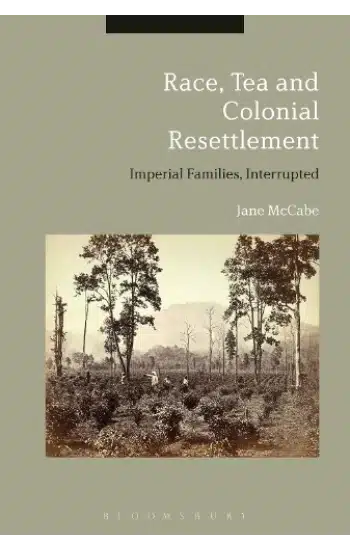
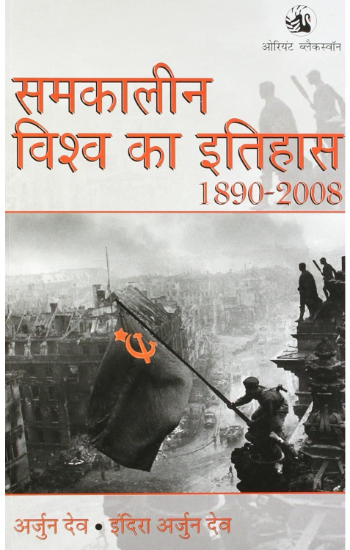
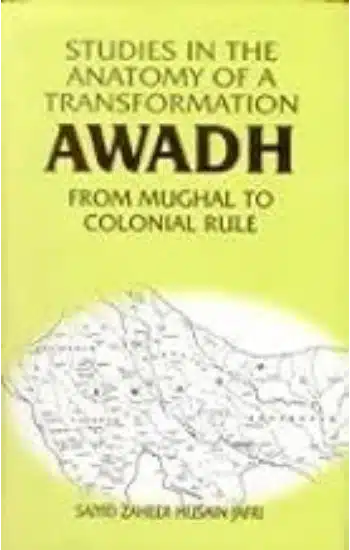
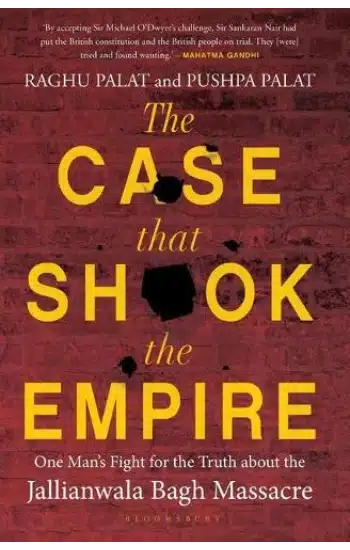
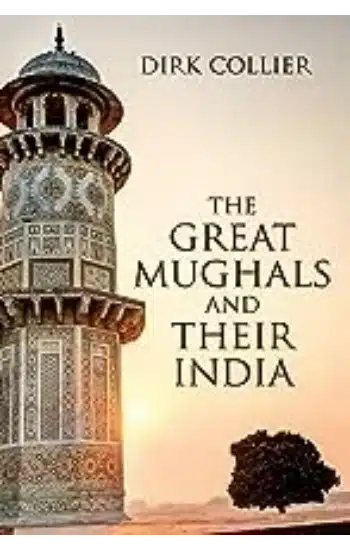

Reviews
There are no reviews yet.